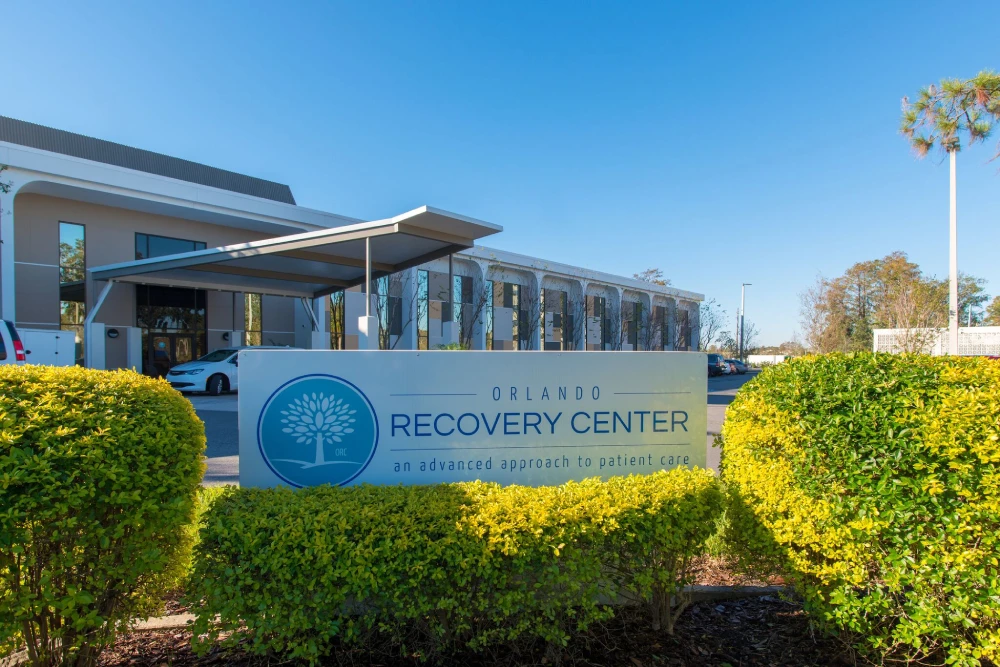Recovery from trauma is possible, and it starts with learning about the different acute stress disorder treatment options available.
Seekingacute stress disordertreatment can be one of the most beneficial and profound choices someone can make in the aftermath of trauma. Treatment can help reduce distressing symptoms, improve self-esteem and enable a person to move forward in their healing process. Professional care for acute stress disorder typically involves evidence-based therapy, medications and alternative treatment methods.
Cognitive Behavioral Therapy
Cognitive behavioral therapy(CBT) is an evidence-based therapeutic modality that allows people to better understand their thoughts, feelings and behaviors. CBT is both a structured and collaborative process where the clinician and client work together to create reasonable goals for change.
CBT for acute stress disorder may include:
- Identifying the cognitive distortions that result from the trauma, such as all-or-nothing thinking or catastrophizing
- Learning relaxation and mindfulness techniques
- Reframing messages and thoughts associated with the trauma
- Identifying healthy coping skills to manage uncomfortable triggers
CBT is also beneficial for individuals struggling with other mental illnesses likedepression,anxietyandsubstance use disorders.
Exposure Therapy
Exposure therapy may be used in conjunction with CBT to help individuals confront situations or people they want to avoid. Exposure therapy may involve a technique called flooding, where the individual is rapidly exposed to feared situations. In other cases, therapists use a method called “systematic desensitization,” where they expose the individual to the distressing triggers gradually and use relaxation exercises to decrease anxiety levels.
EMDR
Eye movement desensitization and reprocessing (EMDR) therapy is an integrative therapy designed to help people process, cope and heal from trauma. The goal of EMDR is to support individuals by providing them with a comprehensive understanding and positive emotional state to promote healthy behaviors and thoughts.
The clinician will teach the client several relaxation techniques to manage stress and trauma activation and guide the client through a series of lateral eye movements while focusing on a traumatic memory. During EMDR therapy, the clinician may also use other forms of bilateral stimulation to reduce unwanted thoughts and feelings.
Medications
Taking medication for acute stress disorder can help support an individual’s recovery by reducing symptoms associated with depression, anxiety and overall mood dysregulation.
Some of the medications most commonly prescribed for acute stress disorder include:
- Antidepressants (Celexa, Zoloft, Prozac, Lexapro):Antidepressant medicationswork by increasing serotonin levels in the brain, which helps regulate sleep, mood and appetite.
- Benzodiazepines (Xanax, Klonopin, Ativan, Valium): Benzodiazepines may be prescribed as a short-term treatment to help regulate anxiety and sleep. While they may provide some initial relief, they can become habit-forming, which can result in abenzodiazepine addiction.
- Beta-Blockers (Sectral, Zebeta, Lopressor): Used to treat a variety of conditions, including high blood pressure, migraines, and chest pain, beta-blockersappear to reducethe emotional fear associated with the trauma.
Alternative Strategies for Managing Acute Stress Disorder
In addition to psychotherapy and medication, individuals with acute stress disorder may benefit from a combination of the following strategies:
- Physical exercise
- Aromatherapy
- Acupuncture
- Art therapy
- Journaling and expressive writing
- Cultivating hobbies
Developing healthy coping skills is a crucial part of the recovery process. These coping skills are most beneficial when used alongside more formal treatment approaches.
Additional useful alternative strategies for managing acute stress disorder include mindfulness, stress reduction techniques and support groups.
Mindfulness and Stress Reduction Techniques
Individuals with acute stress disorder experience a heightened startle response, increased anxiety and trouble focusing and concentrating. In other words, acute stress disorder can make it difficult to stay in the present moment. Fortunately, mindfulness and stress reduction techniques can help.
Some of the most common mindfulness and stress reduction techniques include:
- Meditation:This practice can help individuals clear their minds and focus on the here-and-now.Meditationcan be as short as a minute or as long as several hours. While some people prefer to use guided scripts, others focus on a single, internal word or the rise-and-fall of the breath.
- Yoga:Yogais a form of active mindfulness that helps people align with their breath and their physical bodies. Research continues to show thatbody-based work, such as yoga, can help increase the sense of safety and awareness of one’s body, which can reduce the symptoms associated with acute stress disorder.
- Progressive Muscle Relaxation:Progressive muscle relaxation is a relaxation technique that can help with anxiety, sleep problems, and physical pain. The process entails contracting a specific muscle group for 5–10 seconds and then releasing the tension for another 5–10 seconds. Work up or down the body by contracting and releasing each muscle group.
Support Groups
Professional and peer support reminds individuals that they are not alone on their healing journeys from trauma. Many mental health clinics, nonprofit organizations and private practice clinicians offer support groups for individuals with acute stress disorder.
Treating Acute Stress Disorder and Co-Occurring Conditions
Acute stress disorder treatment can help individuals restore their confidence and get their lives back on track. While recovering from trauma isn’t easy, it is possible to rewrite the story of what happened to you and develop healthy coping skills for managing current and future stress.
Many people struggle with bothacute stress and co-occurring disorders, such as drug or alcohol addiction. Because you cannot deal with one issue without focusing on the other, seeking appropriate treatment for co-occurring disorders is essential.
If you or a loved one lives with co-occurring addiction and acute stress disorder, The Recovery Village can help.Contact ustoday to learn more about your available treatment options.
















